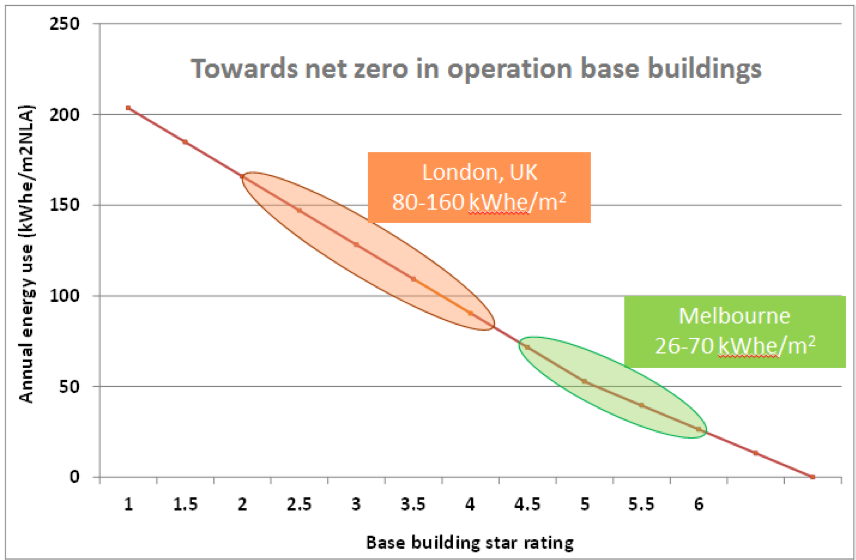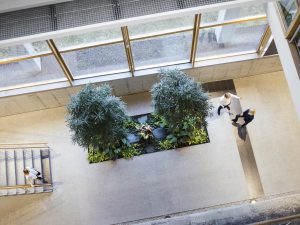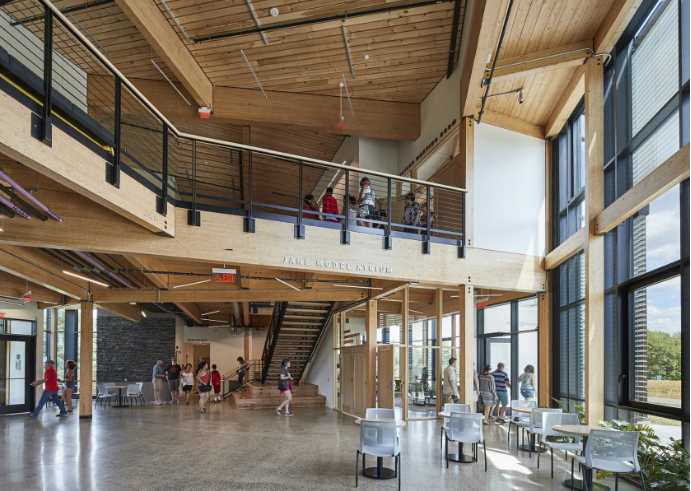
World GBC wants to “advance net zero”, whilst the amended Energy Performance of Buildings Directive published last month in OJEU affirms that all new buildings must be “nearly zero energy” by the end of 2020 and GRESB insights this month is dedicated to “Net neutral buildings”! What on Earth do all these labels mean? This article aims to clear the mud from the water.
Zero what, when?
For someone trained in science, I find it necessary to start this article by asking what does “zero” mean. The notorious performance gap between calculated and measured building performance, means that a ‘net zero building’ in theory may bear no resemblance to what most punters would expect net zero to look like: one that in the real world does what it says on the tin; and this, of course, is all that counts for solving the energy trilemma (climate change, security of supply and energy affordability).
Another detail to get out of the way is ‘zero what’. I jump to the conclusion that this article’s title is probably thinking of energy or carbon, but for those involved in a new building, construction waste may be the key issue. Digging a little deeper, it also needs to be decided whether the net zero label should take into account supply chain (embodied) as well as operational energy, carbon or waste.
And one even has to question the last word in the title: “buildings”. If we are considering non-domestic buildings, as this article chooses to do, it is surprisingly difficult to disaggregate the ‘Built Environment’ into neat ‘buildings’, whose energy supplies are metered so a net zero claim can be verified. For example, in cities we often see office buildings with retail on the ground floor; in less dense contexts, an organisation may occupy a site comprising a number of buildings.
The point is, as usual, the devil is in the detail of definitions. World GBC’s Advancing Net Zero campaign aspirationally sets new buildings a target of net zero whole building operational carbon by 2030 (the precise definition is currently under construction). On the other hand, the European Energy Performance of Buildings Directive (EPBD) mandates that any new building beginning operation from the start of 2021 is “nearly zero energy” (NZE). But the EPBD is concerned with only certain end uses of energy, specifically heating and cooling, hot water and lighting, the so-called regulated energy uses. The energy used by equipment in a building, e.g. for IT or cooking, lifts or laundry, etc., are left outside its scope. And I’ll come back to the ‘nearly’ part below.
I’m afraid even the word “net” cannot escape the need for a definition. We’re not seeking autonomous buildings, but “net neutral”, the ability to put back (into utility grids) as much as we take out over a year. But that is not as clear as it needs to be. Take The Edge in Amsterdam[1], said to be the greenest building in the world by BREEAM, which gave it the highest sustainability score ever awarded: 98.4 percent. It claims to have solar panels that create more electricity than the building uses – and here they mean electricity for all energy uses, regulated and unregulated. The fly in that commendable ointment is that The Edge has purloined the rooftops of some neighbouring university buildings to add more panels than can be accommodated on its own footprint. The definition provided by the EPBD[2] appears to condone their claim, but I think most punters would question it. So the ‘net zero’ definition needs very clear rules.
To summarise, does net zero apply to regulated energy use in theory or all energy use in operation? Is it counting energy or carbon? Can we count energy produced off the back of other buildings in the vicinity?
Whole building or base building?
I believe that any energy target for a building must be assigned to those with agency to achieve it. For new commercial buildings, especially those with multiple tenants, this means the energy uses under the control of the building developer and their contractors: typically these would include those needed for heating, ventilation and cooling (HVAC) to provide a comfortable environment, together with domestic hot water and lifts and small power and lighting in the common parts, i.e. excluding the energy used by building tenants for their activities and lighting. This ‘base building’ scope is helpfully close to the remit of building energy performance Regulations.
For non-domestic buildings, I suggest proponents of net zero buildings would do well to start by embracing the highest level of existing metrics for an asset’s operational performance, such as DEC A for whole building energy use and NABERS[3] or LER[4] 6 stars for base building energy. These are achievable today if you try really hard – but only a handful have so far got there. Otherwise I fear that the difficult level of ambition implied by net zero in operation could simply drive a distressing surge in offsetting and green tariffs, with all the risks of double-counting these entail.
Zero or nearly zero?
The prospect of targeting ‘nearly zero’ for buildings handed over from the start of 2021, as mandated by the EPBD, means we must consider how close to zero is ‘nearly’. Stakeholders might expect NZE buildings to be approaching zero energy use on a scale that covers the full range of performance for the applicable building type. Australia offers a template, fully-proven for commercial office buildings. The NABERS scale for rating office ‘base building’ operational energy performance has eleven points from one to six stars, with half stars between the whole stars. The scale was calibrated in 1999, when 15% of buildings performed poorer than 1 star, average base building performance was 2.5 stars and 4 stars was best practice. Today, the stock average rating is 4.2 stars, while nearly all new offices achieve at least 4.5 stars, most reach 5 stars or better, and a few are beginning to achieve 5.5 or 6 stars. The NABERS 6 stars level is defined as half-way from 5 stars to net zero and is a credible contender for a ‘nearly zero’ target that genuinely lives up to the name. In energy terms, in Melbourne, it translates to 26 kWh/m2 of NLA per year for all base building services, in an all-electric building.
How to do it: Design for Performance
The Design for Performance project led by Verco and the Better Buildings Partnership (BBP) is exploring the technical and market mechanisms needed for new office buildings in the UK to achieve verified low energy performance. The thesis of Design for Performance (DfP) is that measuring operational energy efficiency is not just for the purpose of verification, but also critical to improving the performance of office building assets – everyone involved needs to know what works well, and what doesn’t.
Furthermore, with GRESB, the Financial Stability Board and many others increasing disclosure requirements, the risk exposure of poorly performing assets means that developers want confidence that their new buildings will perform well. DfP is a process to underwrite the operational performance of new office buildings.
However, energy efficiency is a weak driver of institutional and behavioural change, especially when evidence is invisible. Critically, the case for DfP rests on more fundamental motives. For the investor and developer, the paramount purpose of a new office building is to generate a financial return, and strong evidence exists from the Australian market that office buildings with better energy efficiency ratings produce higher yields, through higher income returns and stronger capital growth. Better rated buildings are seen as better quality buildings, and command rent premiums occupiers are willing to pay.
The DfP initiative has been set up to learn from Australia’s success and replicate it in the UK market. A fully-fledged DfP Scheme is under development with a view to its launch in 2019.
Conclusions
The Design for Performance process provides a proven way to achieve a measurable ‘nearly-zero’ operational energy target. Let’s start being more precise about what we mean by the pursuit of zero, and set up new development projects with mechanisms like DfP which can get us there.
References
[1] https://www.bloomberg.com/features/2015-the-edge-the-worlds-greenest-building/
[2] The EPBD defines a ‘nearly zero-energy building’ as a building that requires a nearly zero or very low amount of energy that should be covered to a very significant extent by energy from renewable sources, including energy from renewable sources produced on-site or nearby







